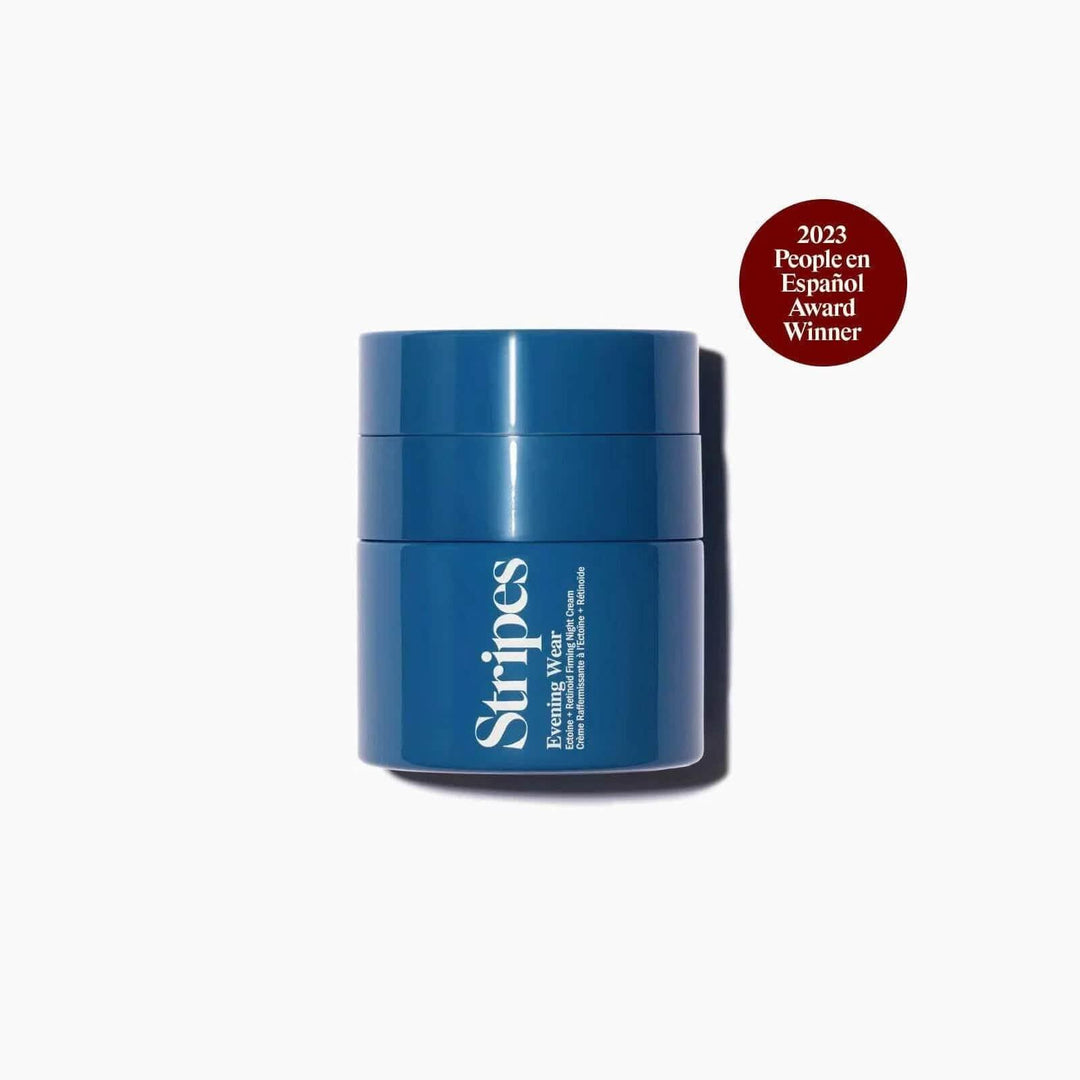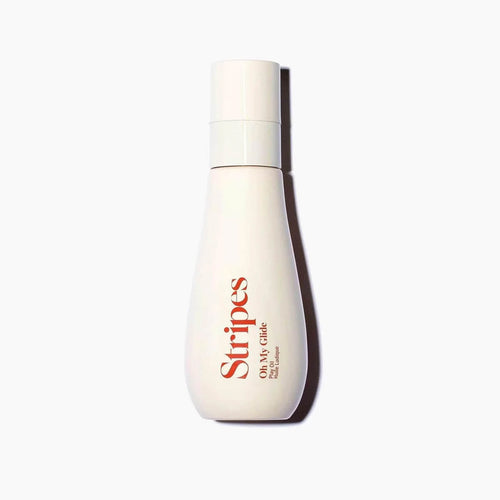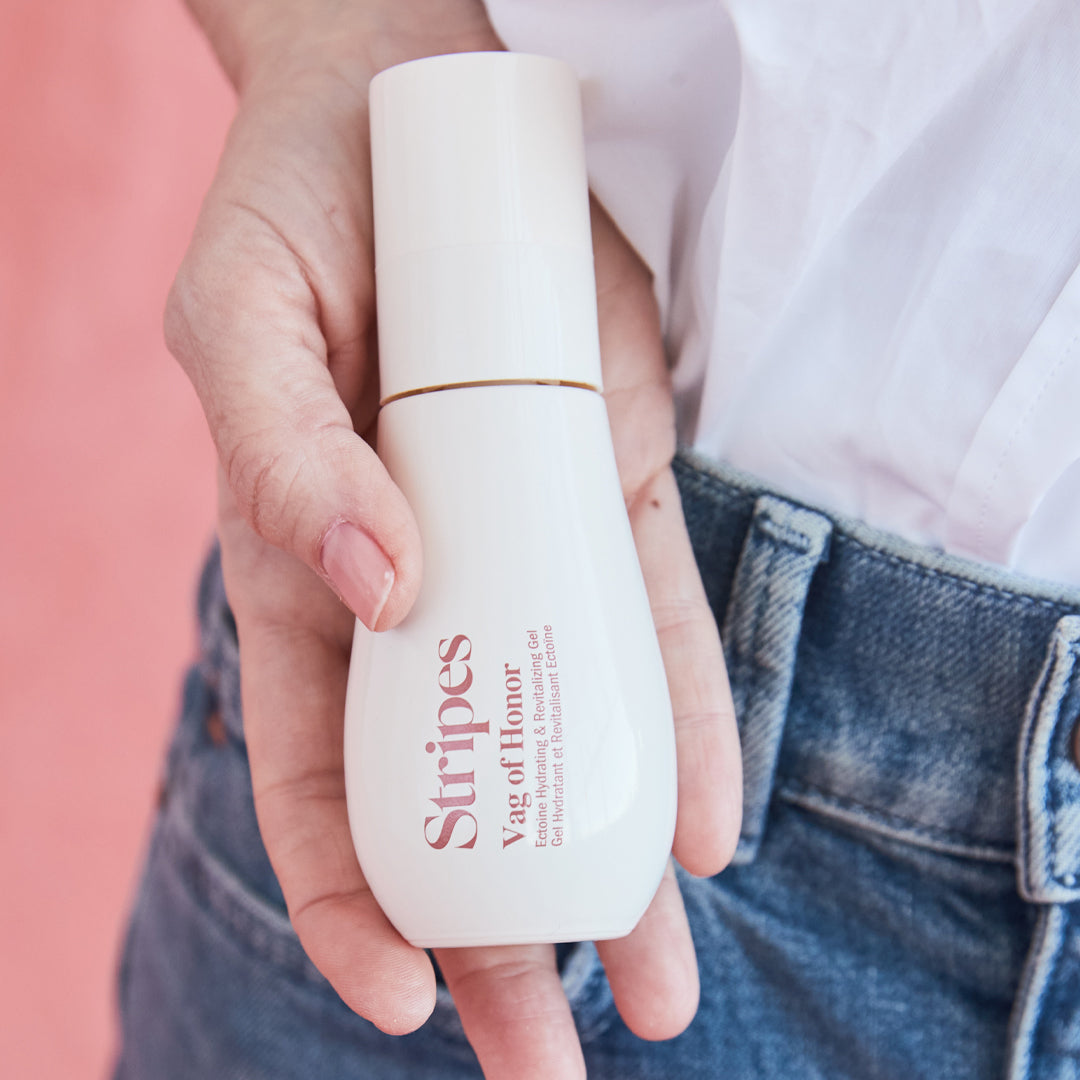Painful Intercourse: What’s Going On and What Can Help
If sex has become uncomfortable or even painful during perimenopause or after menopause, you’re far from alone. While it might feel awkward to talk about, painful intercourse — also known as dyspareunia — is an incredibly common experience for women navigating hormonal shifts. The good news? There are ways to feel better, reconnect with your body, and enjoy intimacy again.
How common is painful intercourse after menopause?
According to Dr. Sara Reardon, pelvic health physical therapist, author of “Floored: A Woman’s Guide to Pelvic Floor Health at Every Age and Stage”, and better known as The Vagina Whisperer on social media, painful sex affects anywhere from 13% to 84% of postmenopausal women. “One of the main causes is vaginal dryness and thinning of the vaginal lining due to reduced estrogen levels,” she explains. “Medical providers refer to this condition as genitourinary syndrome of menopause (GSM).”
That drop in estrogen, which begins during perimenopause and continues postmenopause, can wreak havoc on your vaginal tissues and pelvic floor, making intimacy uncomfortable, and in some cases, even impossible without intervention.
Why is sex painful during perimenopause and menopause?
Hormonal changes can affect the body in ways that may surprise you. “Painful intercourse during menopause or perimenopause can be due to tense or overly tight pelvic floor muscles, nerve irritation, dermatological conditions such as lichen sclerosus, or vaginal dryness and sensitivity,” says Reardon.
Here’s an analogy that really clarifies things: “Your vagina is like an accordion — when it’s healthy, it has deep folds, good blood flow, and is rich in collagen and elastin, allowing it to stretch, contract, and function harmoniously,” explains Dr. Somi Javaid, board-certified OB/GYN, surgeon, and expert in women’s sexual health and menopause. “However, with hormonal changes, such as those that occur during menopause, the tissue can thin, lose its vibrant color, and the folds can flatten, becoming more like a tube sock. This can lead to pain, dryness, more frequent infections, and a loss of elasticity.”
When estrogen levels decline, it impacts more than just vaginal lubrication:
-
Vaginal tissues become thin, dry, and less elastic
-
Pelvic floor muscles lose tone and strength
-
Bladder and vaginal wall support decreases, potentially leading to pelvic organ prolapse
-
Intercourse can cause discomfort, pain, or even spotting
It’s a lot, but knowledge is power and following the right advice can make a huge difference.
6 ways to improve painful sex in menopause
If you're dealing with painful intercourse during perimenopause or menopause, here are Dr. Sara Reardon’s expert-backed strategies to help restore comfort and confidence.
1. Add Moisture, Daily and During Sex
The first step? Hydration—down there. Reardon recommends using a daily vaginal/vulvar moisturizer, like Stripes Vag of Honor, to keep tissues soft and comfortable throughout the day. For intimacy, pair it with a good quality lubricant to reduce friction and discomfort like Stripes Oh My Glide .
2. Try Vaginal Dilators or Pelvic Wands
These gentle tools can desensitize vaginal tissues and help your muscles learn to relax. “Dilators and pelvic wands are great for releasing trigger points and easing tightness in the deeper pelvic floor,” says Reardon. Work with a pelvic health professional to find the right routine for you.
3. Press Pause on Kegels (Yes, Really!)
Although Kegels are often touted as a cure-all for pelvic floor issues, they’re not always the answer. “If you’re experiencing painful sex, it could be a sign of an overactive pelvic floor,” Reardon notes. In that case, strengthening exercises may do more harm than good — start with relaxation first, then build back strength later.
4. Practice Diaphragmatic (Belly) Breathing
Deep breathing doesn’t just calm your mind — it can relax your pelvic floor too. Place one hand on your chest and one on your belly, breathe in gently to expand your rib cage and abdomen, then exhale slowly. This reduces muscle tension and increases blood flow to the pelvic region.
5. Manage Stress to Support Sexual Wellness
Stress doesn’t just affect your mood — it can show up in your pelvic floor, too. Menopause-related anxiety, work, caregiving, and life in general can all contribute to pelvic tension. Incorporate stress-busting practices like yoga, therapy, or mindfulness to support both your mental and physical well-being.
6. Do Pelvic Floor-Friendly Stretches
Movement is medicine. Certain yoga poses — like Happy Baby and Child’s pose — are especially good at releasing pelvic tension and improving flexibility. Aim for gentle stretches that support circulation and reduce guarding in your hips and pelvis.
When to seek help for painful intercourse
If pain during sex is persistent, impacts your relationship, or causes emotional stress, you deserve support. Talk to a healthcare provider, gynecologist, or pelvic floor physical therapist.
Treatments may include:
-
Topical estrogen
-
Physical therapy
-
Medications for vulvar skin conditions
-
Psychosexual counseling
Painful intercourse during menopause and perimenopause isn’t something you just have to live with. Your body is changing, yes, but that doesn’t mean pleasure or connection are off the table.
As Dr. Reardon reminds us: “There are so many tools out there to support your body through this transition. Don’t be afraid to ask for help or explore what works for you.”











